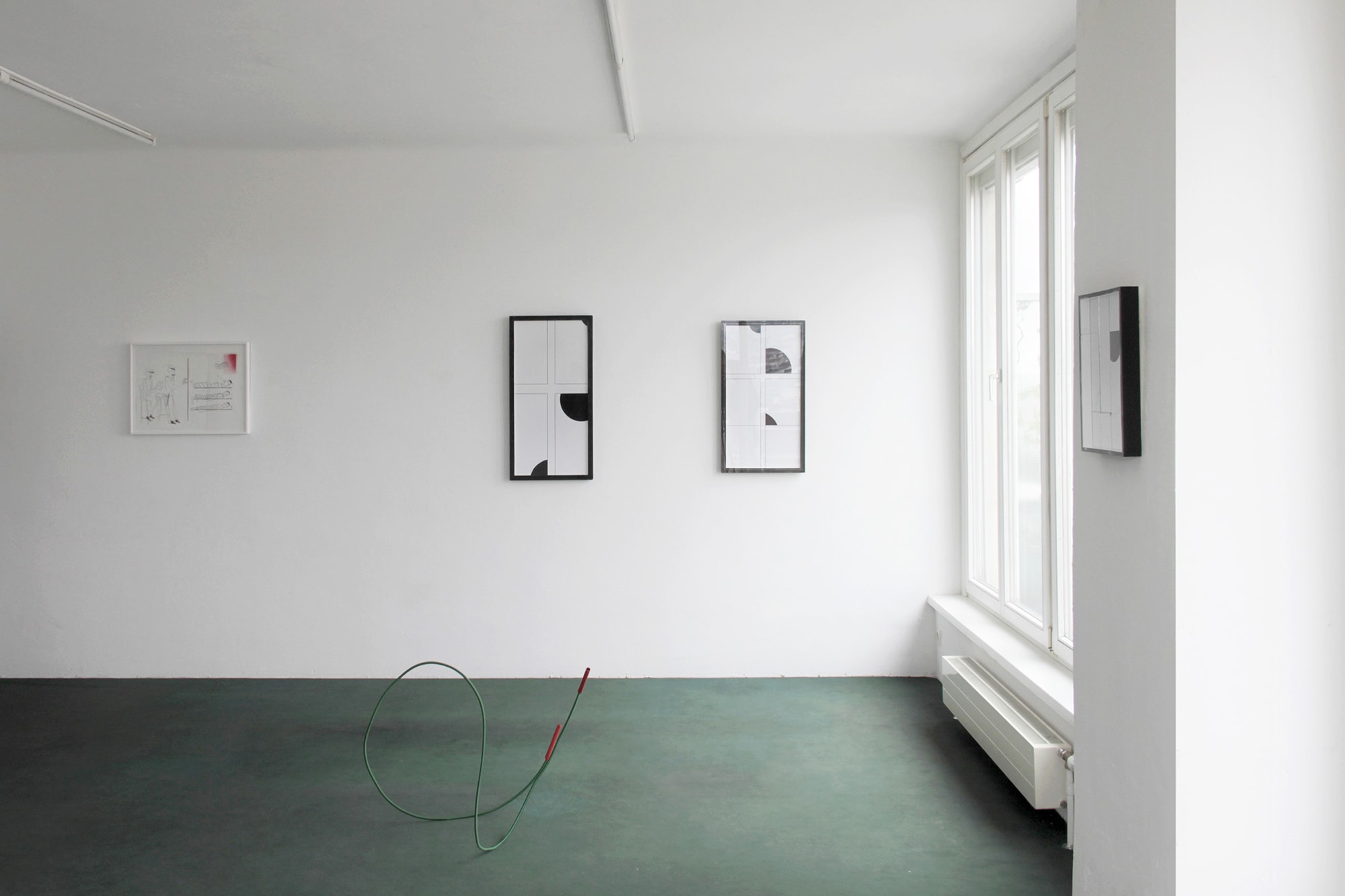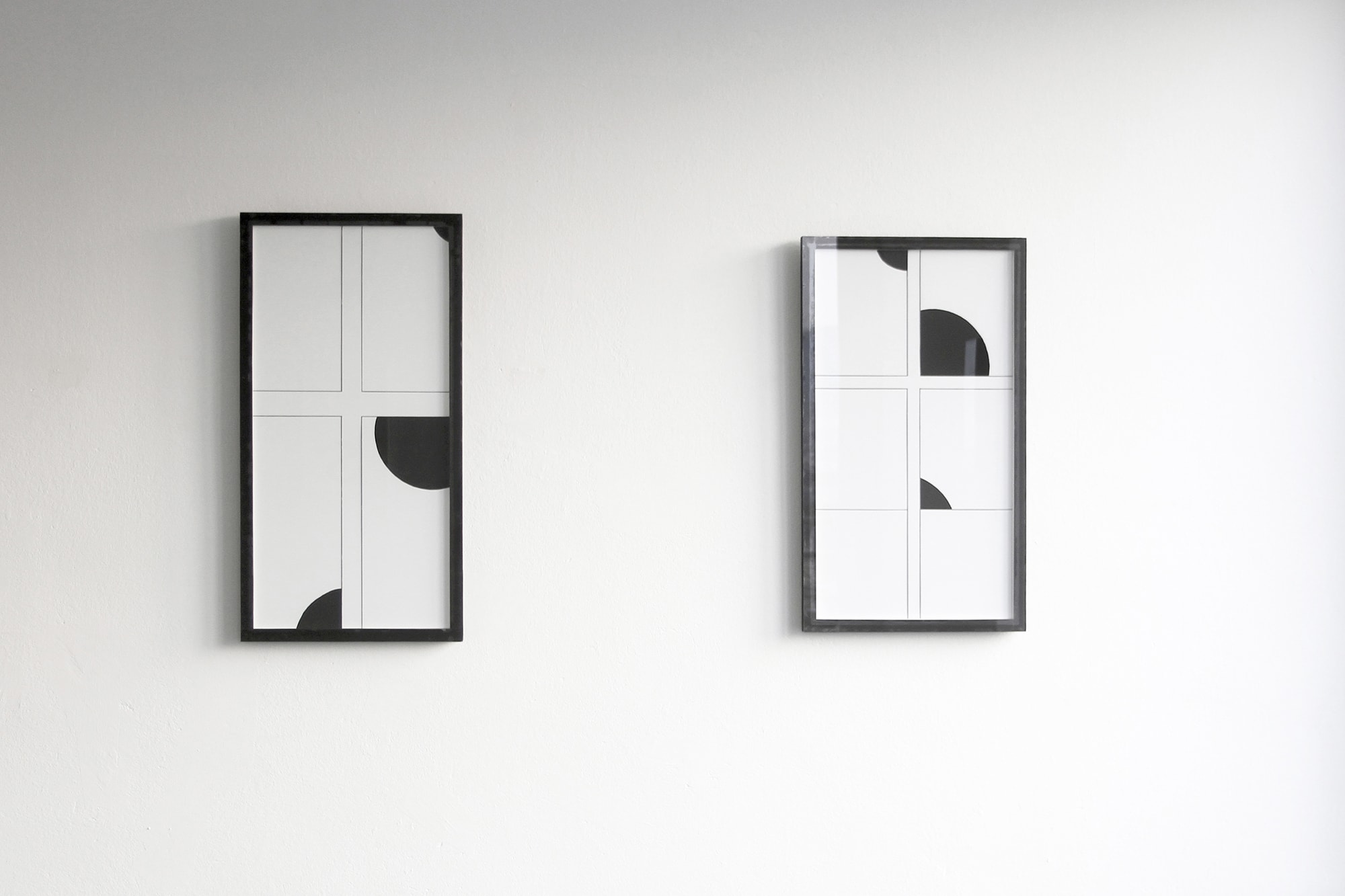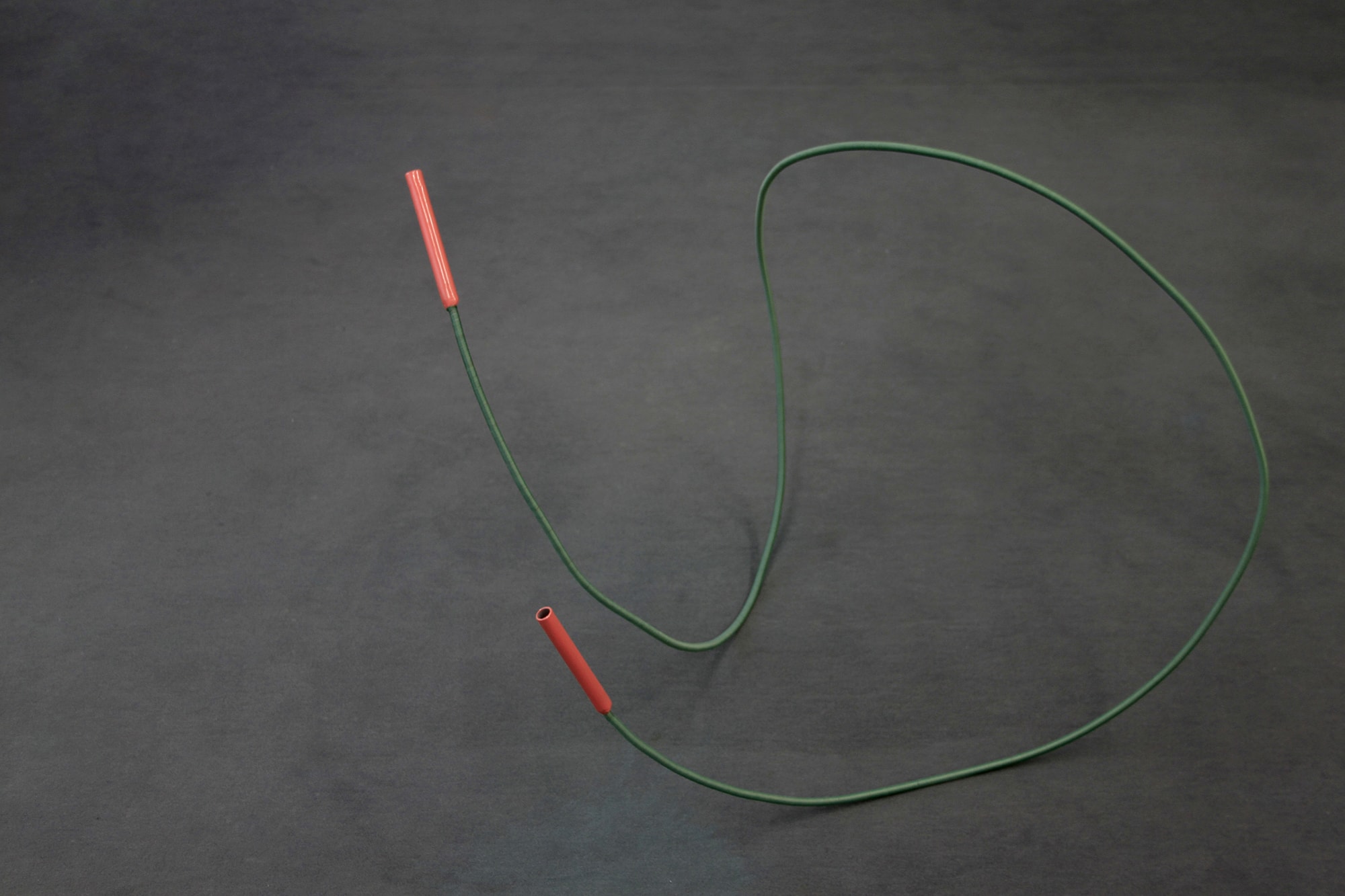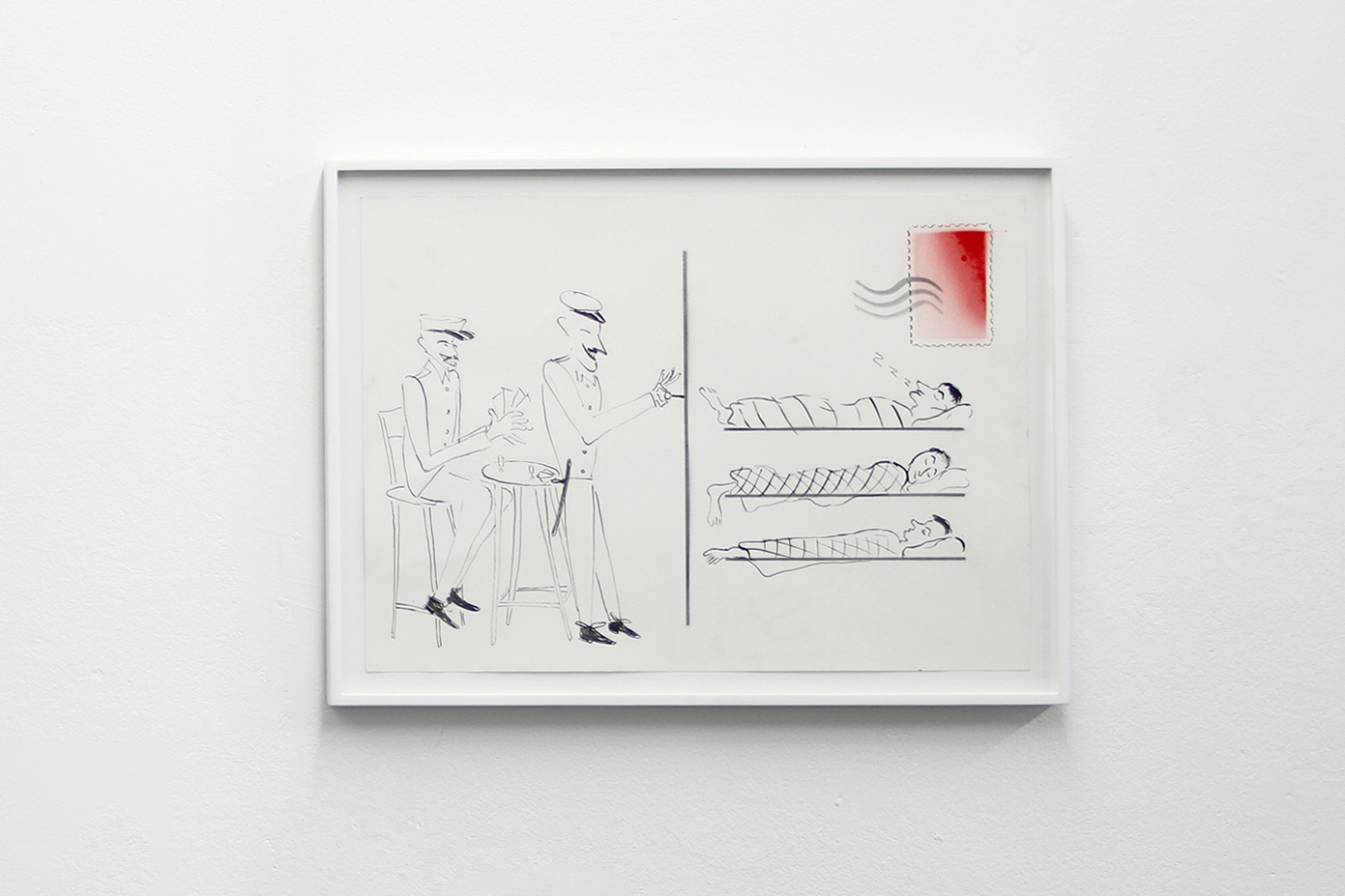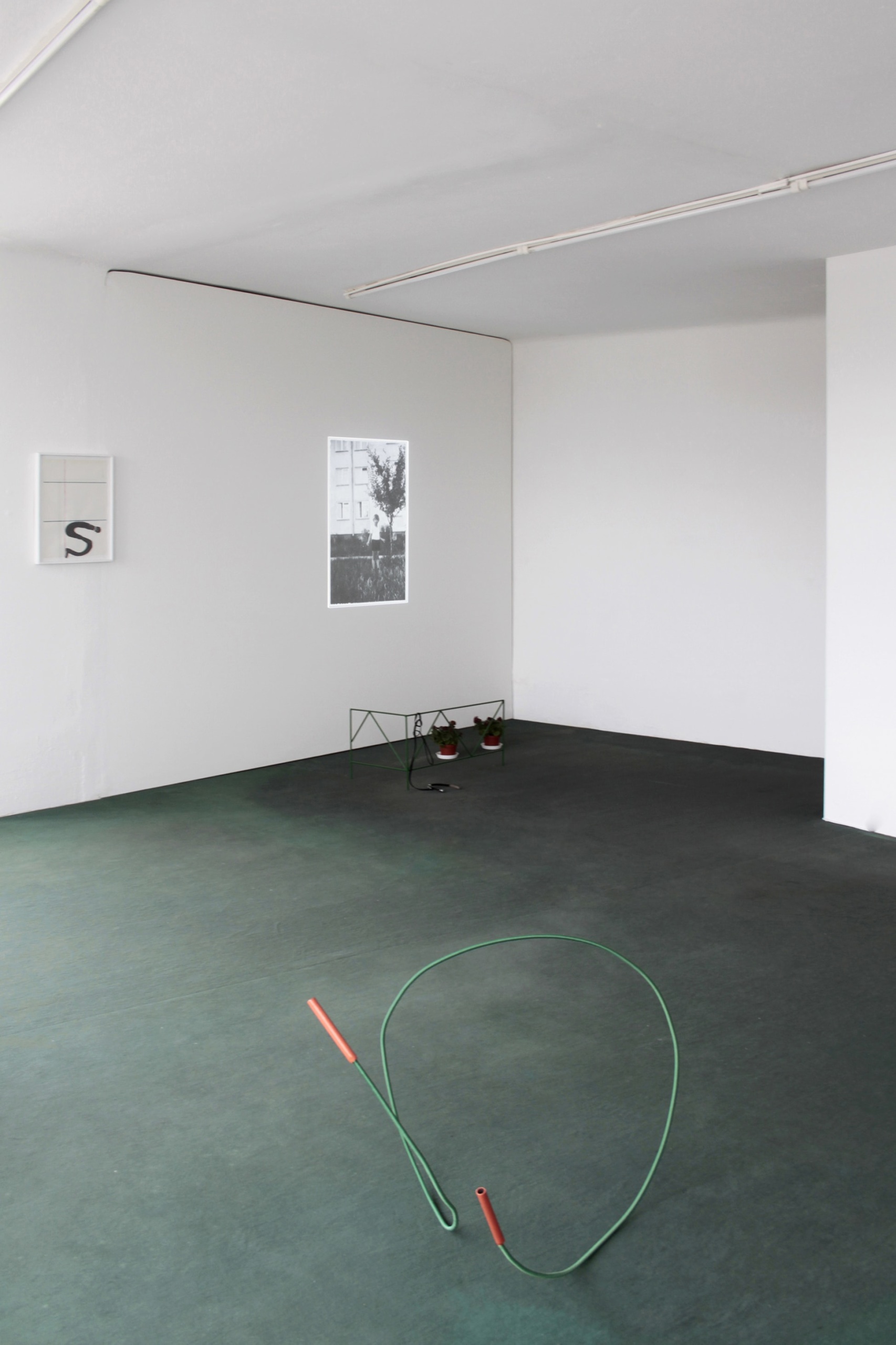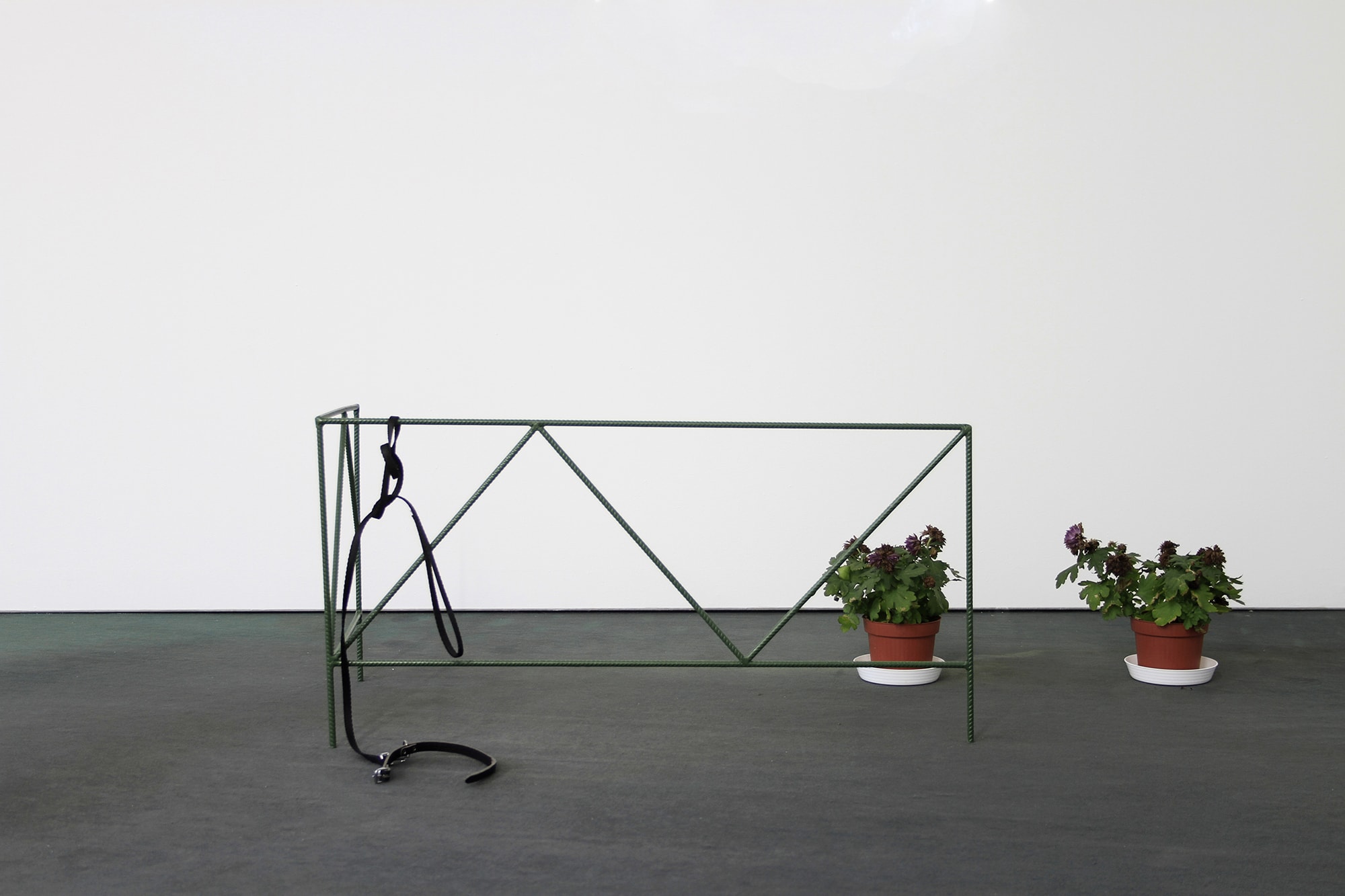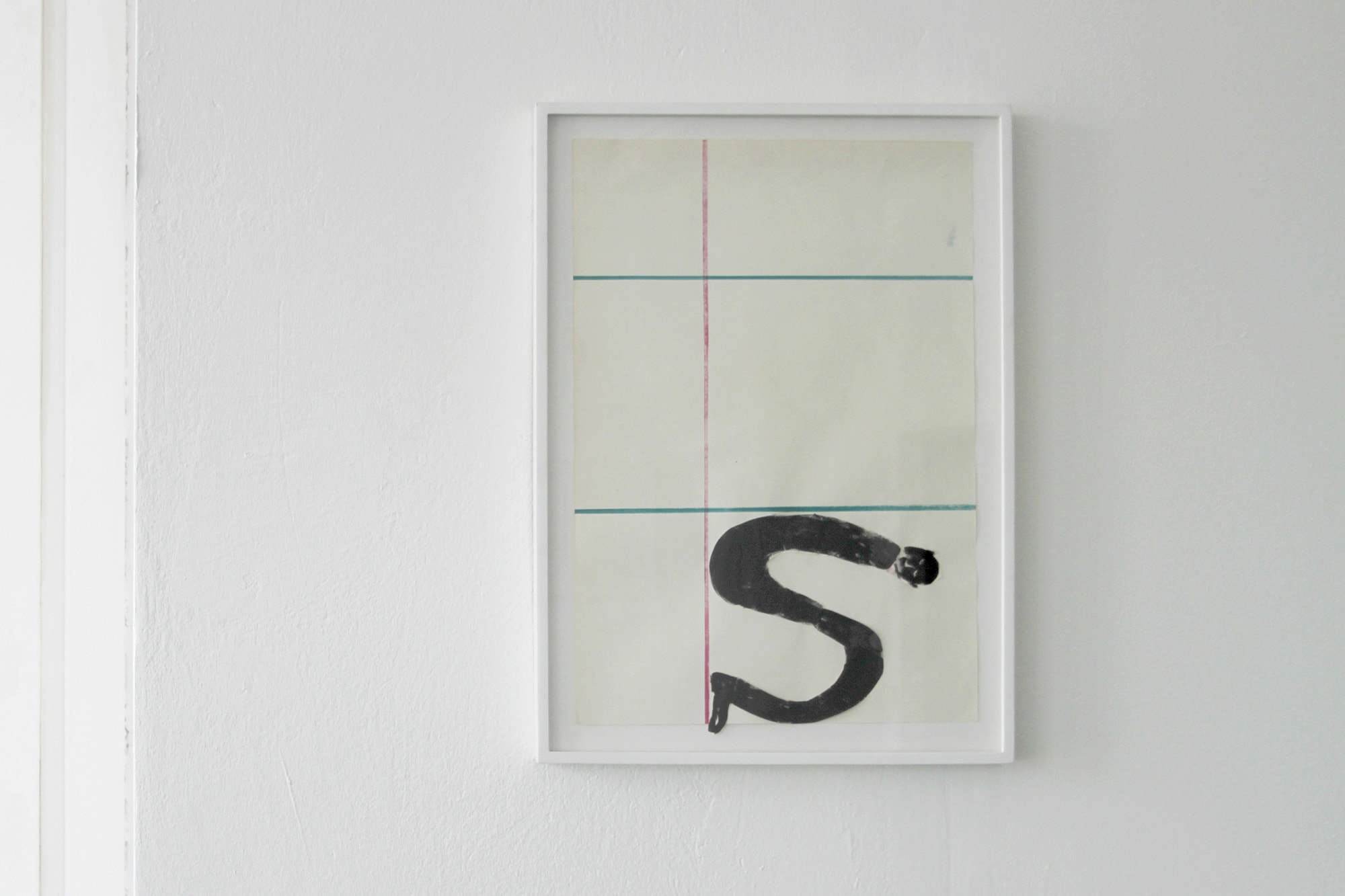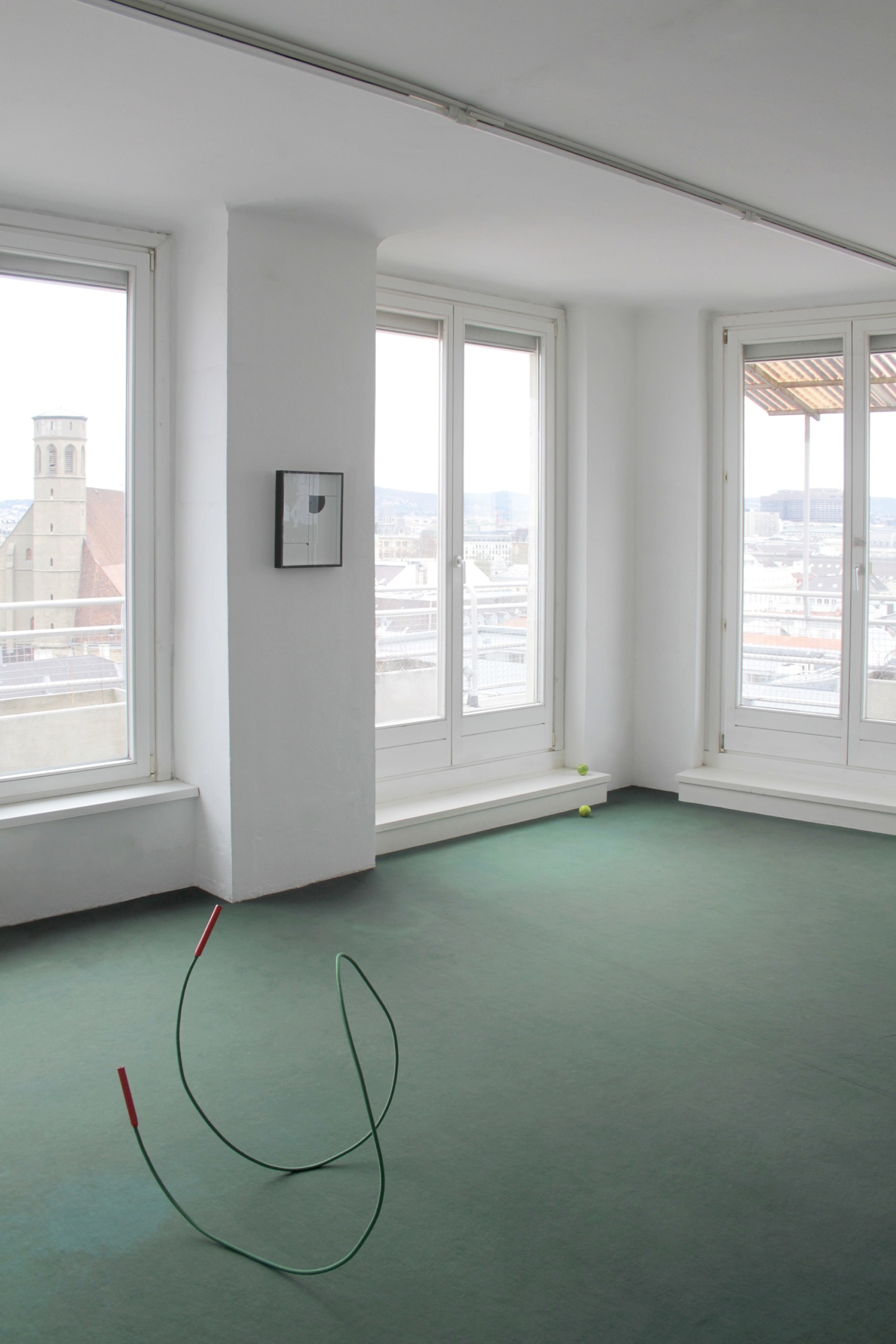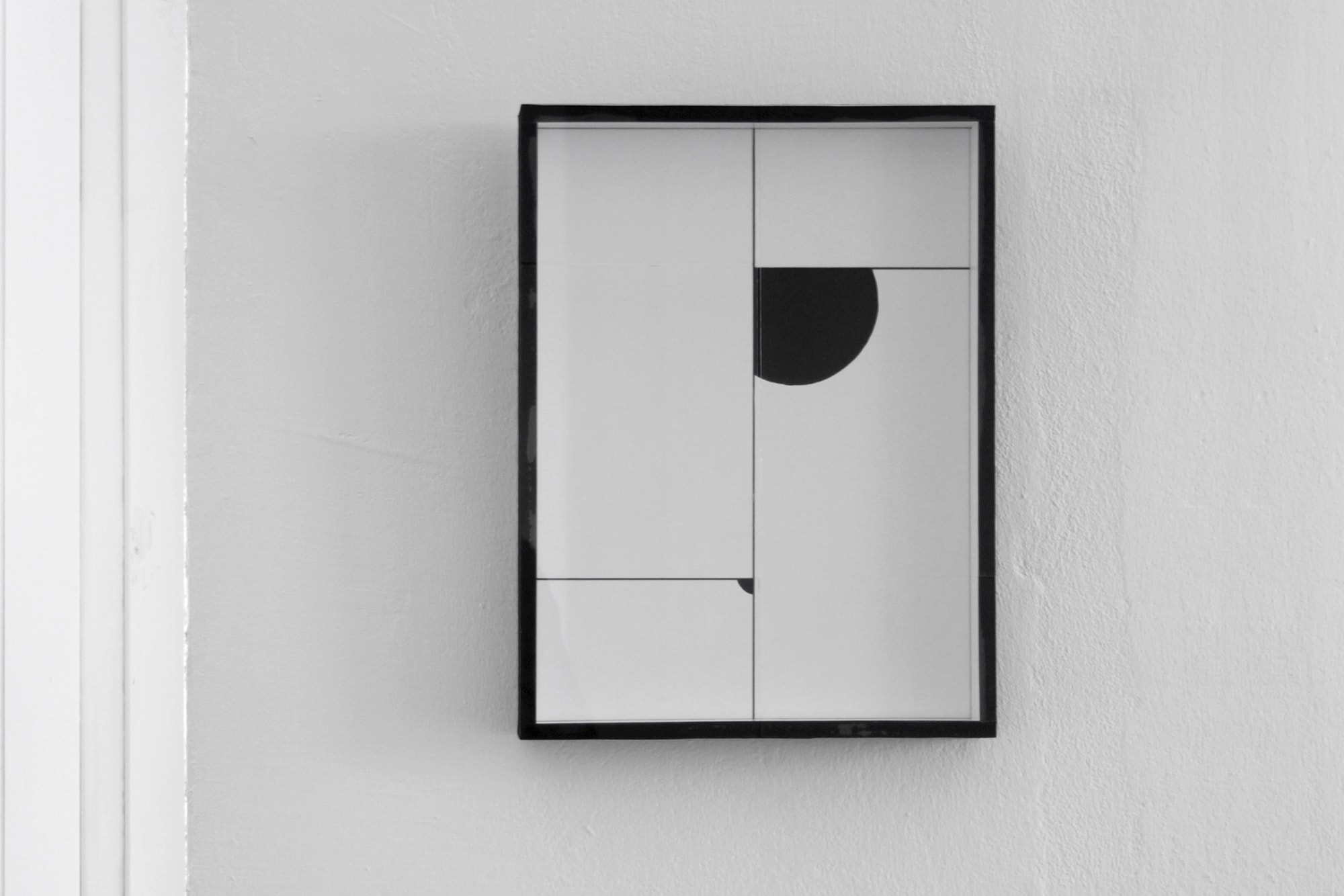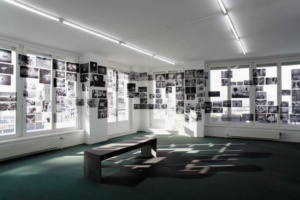The exhibition brings together three Polish artists: Tomasz Kowalski, Marzena Nowak, and Marcin Zarzeka. It is the 2nd exhibition of a series in which the artists deal with the temporal and spatial dimension of the skyscraper in Herrengasse, Vienna. The first skyscraper in the center of Vienna became a modernist signet of the 1930s, representing the lifestyle and attitude to life of the modern man. 'Hoch Hinaus! | Wysoko w górę!' is an exhibition that not only relates the artists' working methods but also includes the exhibition space, its history, and local conditions.
read more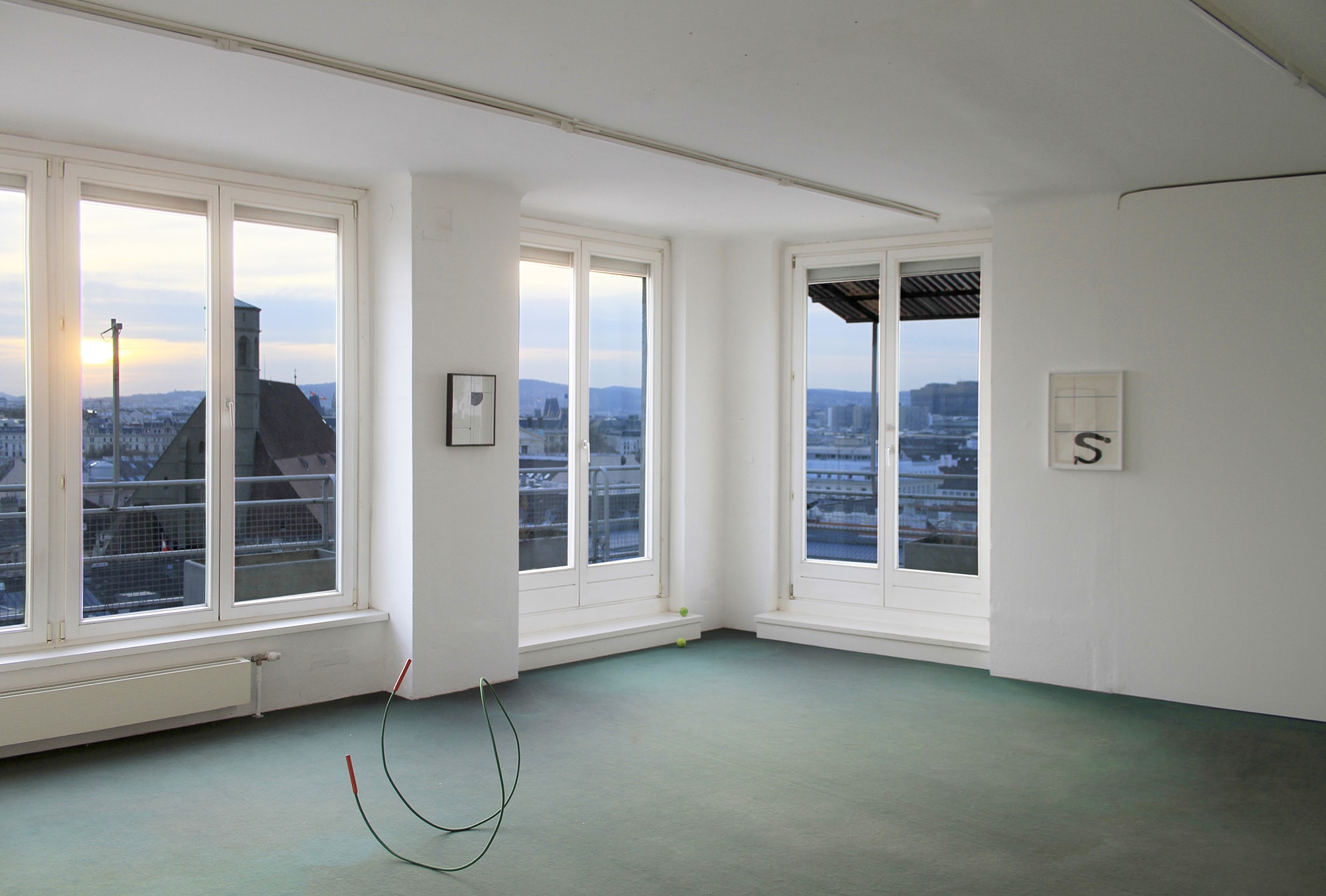
Hoch hinaus! Wysoko w góre!
Tomasz Kowalski, Marzena Nowak, Marcin Zarzeka
Exhibition
7 Mar – 10 Apr 2014Opening
6 Mar 19:00Curated by
Cornelis van Almsick und Kasia Matt-UszynskaLocation
Hochhaus Herrengasse 6–8, 1010 WienThanks to
Hochhaus Herrengasse Wien
Photography
© Neuer Kunstverein Wien
Tomasz Kowalskis was born in 1984 in Szczebrzeszyn, Poland. His motifs and figures are reminiscent of the Danse Macabre and follow the history of European painting since Pieter Brueghel. Dances of the dead and charades were the starting point for the discovery of new, dreamlike worlds, which finally condensed into surrealist bodies in the 20th century, as in Pierre Klossowski's lustful violent scenarios or Hans Bellmer's torn and twisted limbs. In Kowalski's works, the violence of the surrealist reconstructions of the last century is lost in textures, materials, and staffage. In his drawing 'Pocztówka/ Postcard' from 2013, one sees two prison guards and three inmates. The structure of the postcard, the lines for text, and the addressee also serve as a basic structure for the drawing. In a playful way, the two worlds between freedom and prison, between sender and addressee or between journey and perhaps standstill are thus separated. A word that had existential meaning in the days of the Iron Curtain comes to mind: the freedom to travel.
Marzena Nowak was born in 1977 Piaseczno and lives and works in Warsaw. Nowak's sculptures — carpet remnants and light-looking iron toys (balls, hula hoops, skipping ropes) — are alienated fragments of the past. They act as representatives of emotionally charged moments of experience from her childhood, which was shaped by everyday socialist life in Poland. When viewed, they evoke forms of a child's reference to the world, which is not so much characterized by the sense of distance, of seeing, but rather by a reference back to the sensuality of one's own body. In her video installation and objects, Marzena Nowak combines her autobiography with the memory of the period of social housing in Poland in the 1970s. In doing so, she takes echoes from the theory of the Finnish architect Juhani Pallasmaa, who emphasizes the role of the body and the senses in the perception of architecture. In his thoughts, Pallasmaa points not only to the sense of sight, but also to the importance of all the other five senses and at the same time shows a way towards a multisensory architecture, which enables a sense of belonging and integration.
Marzena Nowak was born in 1977 Piaseczno and lives and works in Warsaw. Nowak's sculptures, carpet remnants and light-looking iron toys (balls, hula hoops, skipping ropes), are alienated fragments of the past. They act as representatives of emotionally charged moments of experience from her childhood, which was shaped by everyday socialist life in Poland. When viewed, they evoke forms of a child's reference to the world, which is not so much characterized by the sense of distance, of seeing, but rather by a reference back to the sensuality of one's own body. In her video installation and objects, Marzena Nowak combines her autobiography with the memory of the period of social housing in Poland in the 1970s. In doing so, she takes echoes from the theory of the Finnish architect Juhani Pallasmaa, who emphasizes the role of the body and the senses in the perception of architecture. In his thoughts, Pallasmaa points not only to the sense of sight but also to the importance of all the other five senses and at the same time shows a way towards a multisensory architecture, which enables a sense of belonging and integration.
read less